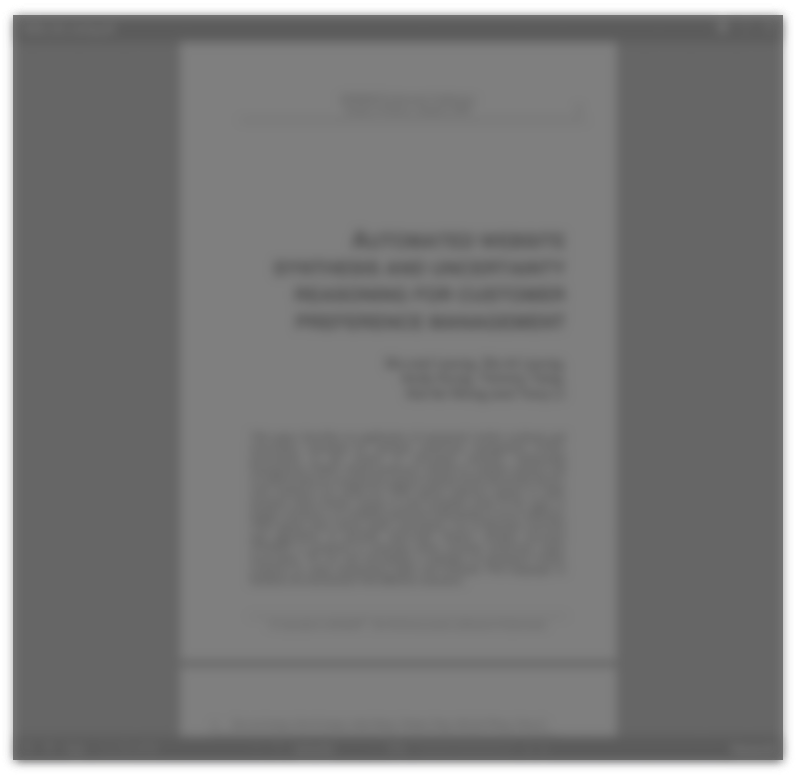Abstract:
For Europe the major demographic change expected over the next thirty years is the growth in the proportion of the population over 50. This trend must be of importance to marketers, and this is particularly the case as there is growing evidence that many over 50' have a higher than average level of disposable income. In the UK, older people dominate the savings market and are the prime target for companies in that sector. They appear to be somewhat less important as purchasers of consumer goods, but this tendency must be examined carefully because purchase figures are usually presented on a household basis, and old people tend to live in smaller households than the average. When examined on a per capita basis the purchases of the old in areas such as food is close to the average, and research carried out by AGB demonstrates that they are significant buyers of a number of product groups and brands. The major problem from a marketing point of view is that the older age groups are highly polarised in terms of both income and wealth. Thus, age itself is an unsatisfactory discriminator for most marketing purposes. It is necessary to break down the category to separate those in need of help from those with large spending power. The most effective means of achieving the necessary segmentation of the old age group for marketing purposes is by means of single source data linking purchasing with media exposure. Various more or less effective techniques have been used in the UK, but it remains the case that as yet no continuous source of such research exists. This paper contrasts the age distributions in Europe compared to the rest of the world, sets out evidence of the growing importance of the older population in marketing terms and provides a summary of a segmentation study based on a qualitative approach.







